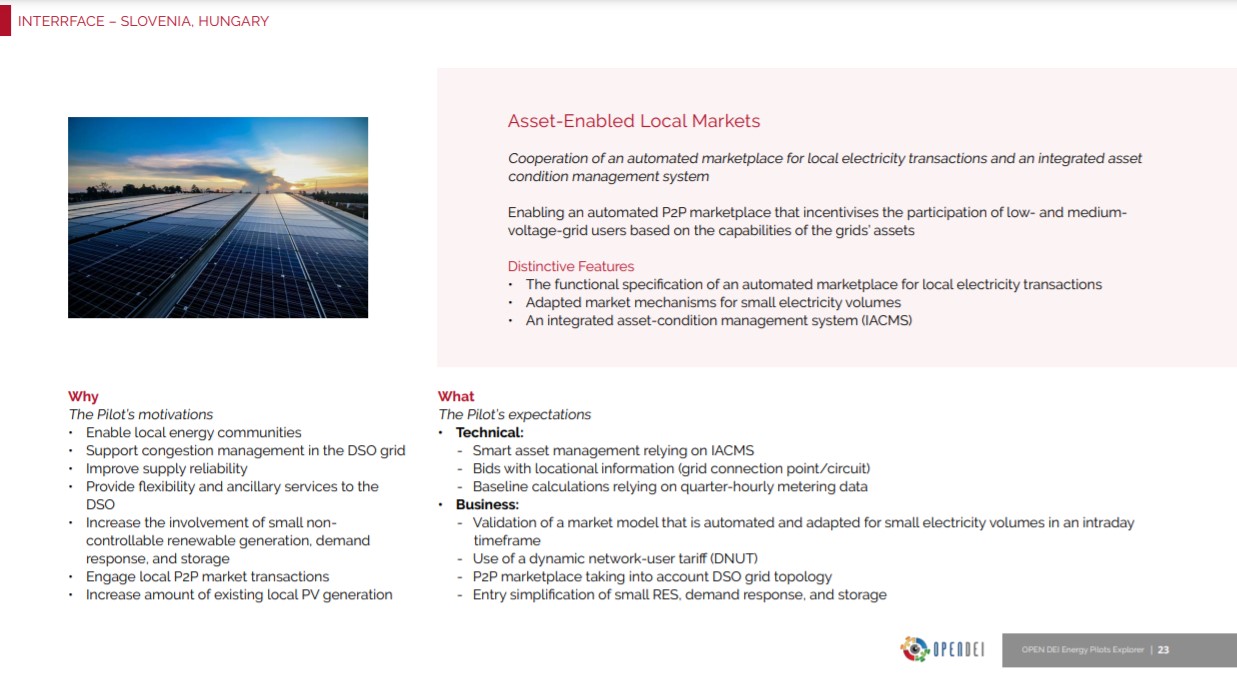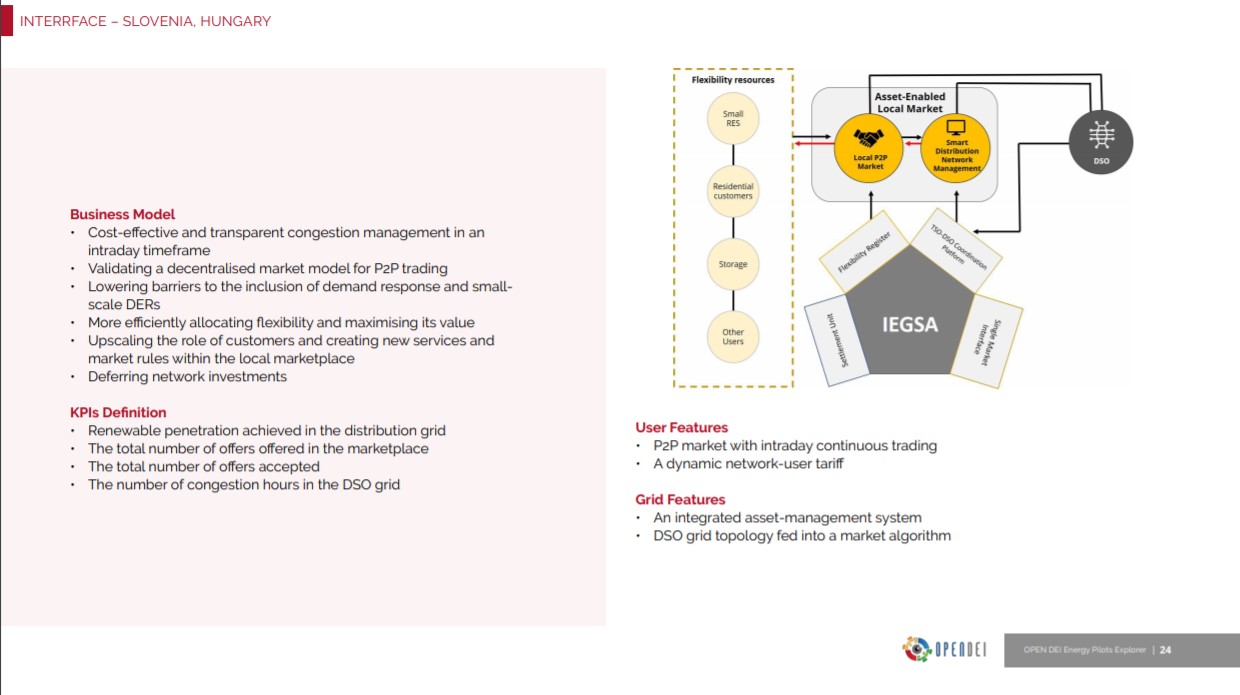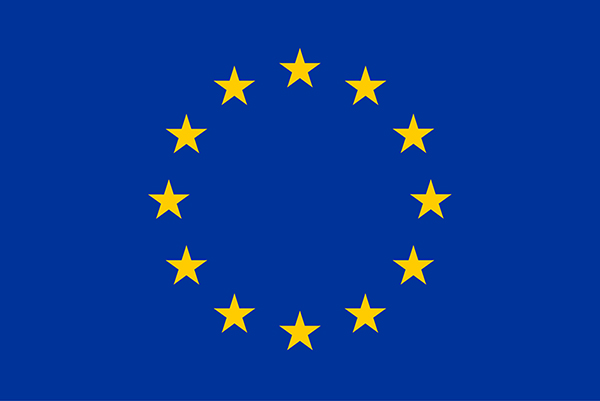Location: Slovenia, Hungary
Description: The future market model can be differentiated on several levels: it could be dependent on the amount of energy, transmission distances, number of participants, etc. On the other hand, local energy generation is more and moreincreasingly popularwidespread nowadays not only for economic reasons but as a representation of independency and cultural behaviour. Peer-to-peer markets aim to provide trading opportunities between a large number of market players, even when buyers and sellers are fragmented. Also, auctions on peer-to-peer markets are a flexible solution, allowing prices to respond to market conditions. The users of theoffers on this marketplace shall submit their bids (if they are buyers) or asks (if they are sellers). These shall include information on the quantity of electricity and the network connection point where the exchange will take place. Consumers may buy electricity from sources different than their local utility, and can also offer their household generation for sale. If the trading is not done between two consumers but between a consumer and a DSO, the DSO can create a group of bids and asks, thus creating means of flexibility. Such flexibilities can either be used by the DSO or sold to the TSO. The DSO and the TSO also participate on the marketcan both behave as bidders: by specifying and pricing their flexibility needs (and the price they are willing to pay for it) they can enhance the utilisation of local sources. This latter aspect is also necessitated as the by the merging of traditional DSO and TSO operations convergetasks, thus the demonstration could provide a way for testing this aspect as well. The toolset is comprised of an automated marketplace and an integrated asset condition management system (IACMS). The demonstration aims to examine the cooperative use of these two elements of the toolset.
Within this demonstration the functional specification of an automated marketplace for local electricity transactions will be developed. The users of the marketplace shall submit their bids (if they are buyers) or asks (if they are sellers). These shall include information on the quantity of electricity and the network connection point where the exchange will take place. Consumers may buy electricity from sources different than their local utility, and can also offer their household generation for sale. If the trading is not done between two consumers but between a consumer and a DSO, the DSO can create a group of bids and asks, thus creating means of flexibility.
Current wholesale market mechanisms will be adapted for small electricity volumes. Fine-tuning of the already existing ageing algorithm will be done, in order to create a universal, integrated approach. Data about the bottlenecks of the grid will be identified to feed into the automated marketplace. The cooperation of an automated marketplace for and local electricity transactions, and an integrated asset condition management system will be demonstrated. With these tools end users can behave as “market participants”, and dynamic pricing can be used efficiently, and effects of network asset constraints can also be taken into consideration. Data used for the demonstration will be provided by affected DSOs, while the behavior of consumers is to be examined by the involvement of consumers in the affected DSO service areas.
The demonstration focuses on upscaling the role of customers and creating new services and market rules within the local marketplace,. The toolset is comprised of an automated marketplace and an integrated asset condition management system (IACMS). The demonstration aims to examine the cooperative use of these two elements of the toolset. and benefits from the exchange of heterogeneous data with the IACMS. These tools will be part of the integrated asset condition management system (IEGSA), thus their collaborative operation could be demonstrated, and mutual benefits could be exploited. The IEGSA has to provide an interface for consumer participation, an access for DSOs, and a pool for asset condition data.
Objectives
- Functional specification of an automated marketplace for local electricity transactions
- Adapted market mechanisms for small electricity volumes
- Increased involvement of small, non-controllable renewable generation, demand-response mechanisms and storage
- Integrated asset condition management system (IACMS)



 This project has received funding from the European Union’s Horizon 2020 research and innovation programme under grant agreement No 824330
This project has received funding from the European Union’s Horizon 2020 research and innovation programme under grant agreement No 824330